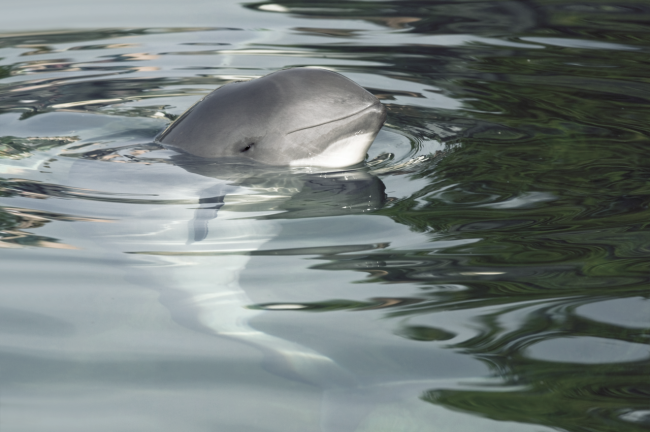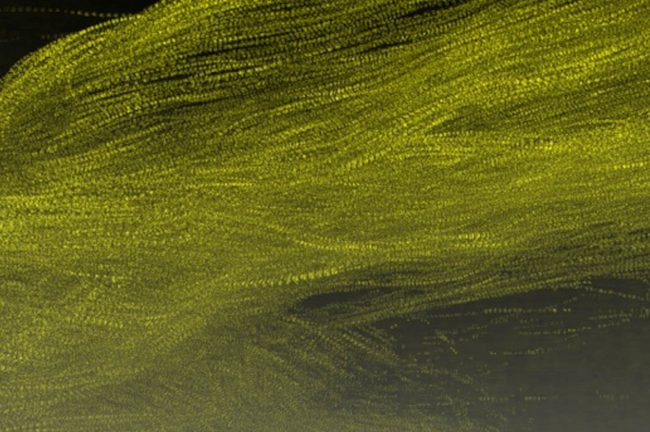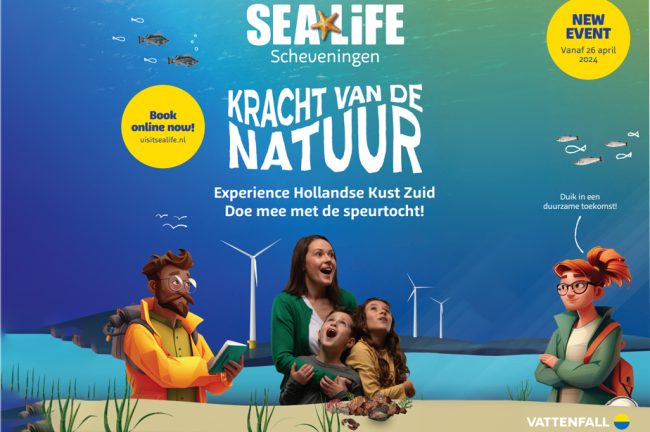In 2021, Vattenfall will start building the Hollandse Kust Zuid wind farm in the North Sea, a rich natural environment. During the preparations, Vattenfall is already working hard to limit the negative impacts of construction for marine life around the wind farm and to take advantage of opportunities for nature. Sytske van den Akker, environmental specialist at Vattenfall, explains how the arrival of wind turbines does not have to come at the expense of biodiversity.
Every form of energy production has an impact on nature. Nature protection and biodiversity are therefore fundamental priorities for Vattenfall. During the construction of the Hollandse Kust Zuid wind farm, Vattenfall takes into account the effects on sea animals and their habitat both above and below the water; building according to the ecological conditions that are included in the permit. For example, there is a limit for underwater noise that varies per season that we cannot exceed during our construction activities.
Sea mammals at a safe distance during pile driving
Under water, sound carries much further than in air. Many animals are dependent on sound, for example to find food. Pile driving for the foundations of wind turbines can disturb marine mammals such as harbour porpoises. If they get too close, they can even suffer hearing damage. “Of course we want to prevent this, so we make sure that the animals are at a safe distance before we start pile driving”, says Sytske. “That is why we use a device that emits a sound that is annoying for the animals. This noise is not harmful to them, but it ensures that they swim away. That way, they will not suffer hearing damage.”
The pile driving work also begins with a ‘soft start’, where the pile driving starts gently and then gradually increases. “We also use noise mitigation throughout the piling period”, Sytske explains. “We place a kind of insulation around the piling site that blocks the sound, for example in the form of a bubble screen.” This does not reduce the available habitat for marine mammals; porpoises use the entire North Sea. “Studies also show that porpoises return to the area when pile driving is over.”
Enough habitat
During construction, Sytske does not expect any major consequences for birds in the area. Shy birds stay away and seagulls may come and take a look. “Once the wind farm is in use, there will be birds that will make less use of the area, such as guillemots and gannets. However, the government has commissioned studies that showed that, even in combination with other wind farms, these birds still have enough habitat available to them.” There are also birds that like to come to a wind farm, such as cormorants. Sytske: “These birds have a poor insulation layer, so they regularly have to dry their feathers and this can easily be done on the working platform of a wind turbine.”
According to Sytske, more research needs to be done into the risk of birds flying against the blades of a turbine. Vattenfall has also conducted research into this in the past. This showed that the number of birds actually flying into turbine blades is much lower than expected. “Many birds already avoid the wind farm at a great distance. The birds that do fly into the wind farm stay away from the turbines and the birds that come close to the turbines divert at the last minute.” This research took place off the English coast.
Prediction models for migratory birds
Above the North Sea, however, there is also a lot of bird migration in large flocks. Birds often fly several miles high. But under specific circumstances they can fly low, which increases the risk of collisions. During these migration periods, the wind farm must be brought to a near standstill. “The University of Amsterdam is working on a model to predict when the birds will pass through the wind farm, based on weather and bird data. We will probably receive a notification from the government 24 to 48 hours in advance when we have to shut down turbines; that is, limit rotations to a maximum of two per minute.” Bats also migrate across the North Sea, especially during specific weather conditions. Based on what we already know about bat migration, the turbines are programmed to automatically stop at certain combinations of wind direction, wind strength and temperature.
From monopiles and rocks to more cod
The bottom of the North Sea in Hollandse Kust Zuid consists of sand. “The wind farm brings monopiles and rocks to the area, on which all kinds of algae and animals such as anemones and mussels can grow. This also attracts all kinds of other species, such as crabs and fish. Our permit contains an obligation to further stimulate nature, and as Vattenfall we also find this very important. Therefore, in addition to research into cod, we also hope to get the green light for an additional project with De Rijke Noordzee.” This way, Vattenfall wants to increase biodiversity in the North Sea with the Hollandse Kust Zuid wind farm.




